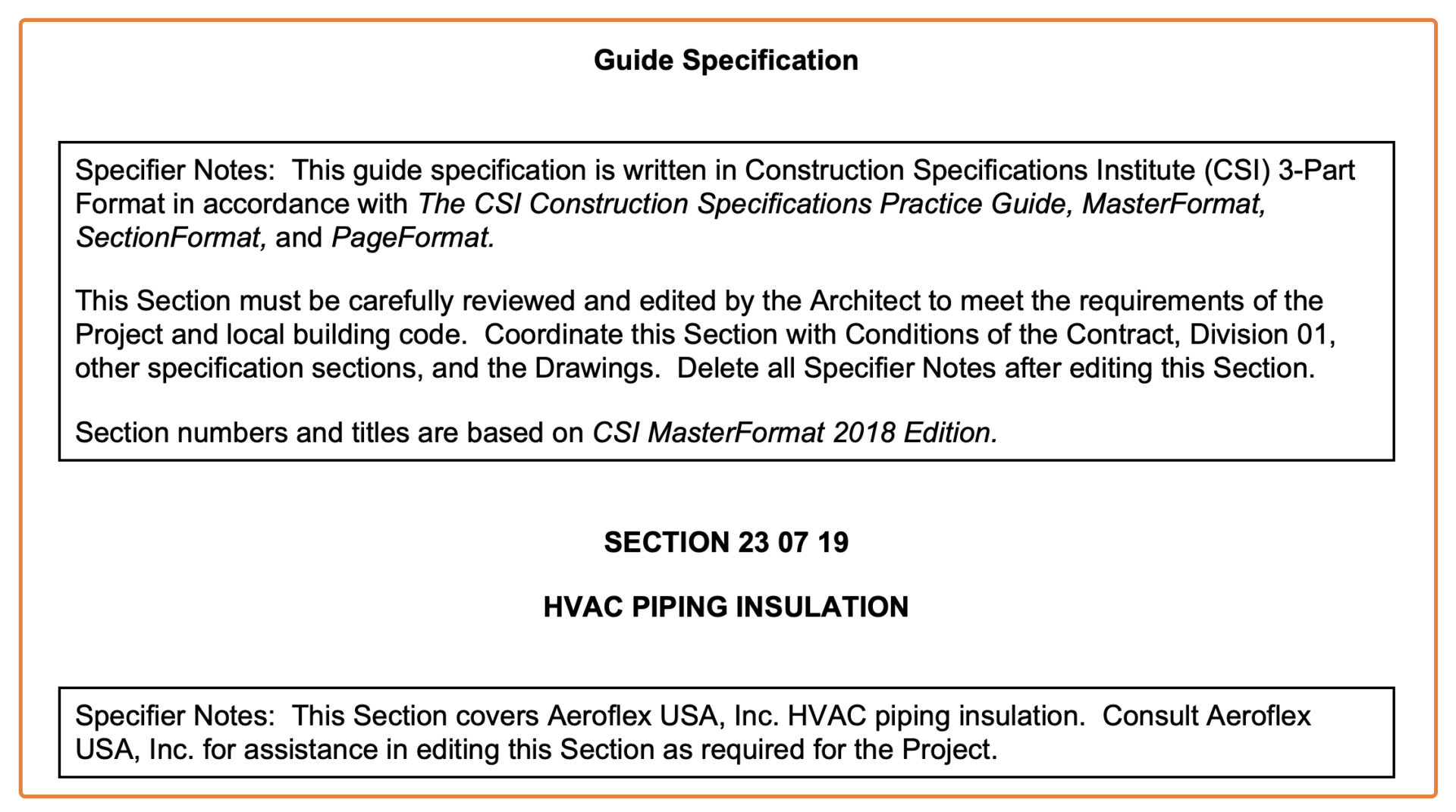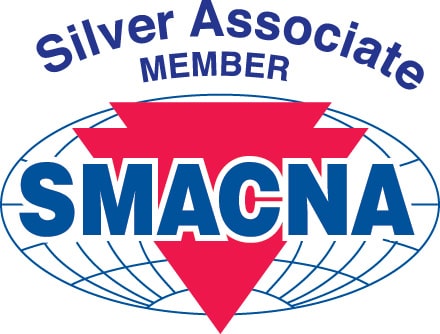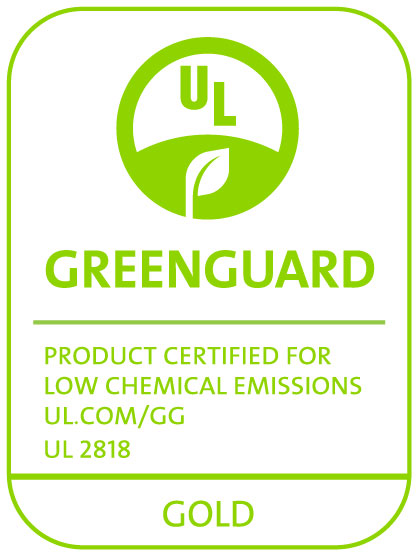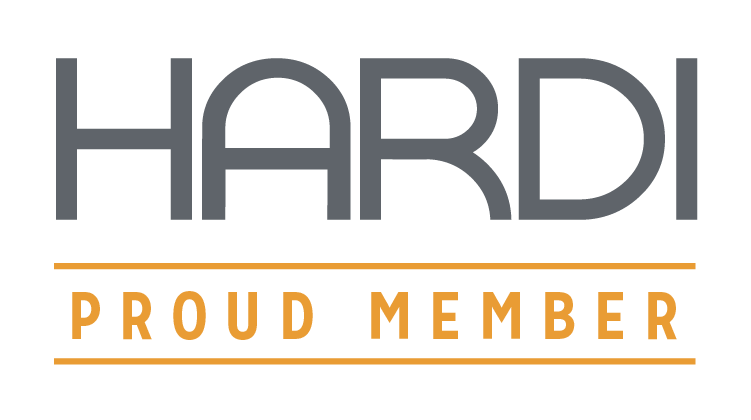Keeping insulation specifications up-to-date is a constant battle for mechanical engineers and manufacturers of the following factors:
- Changes to industry standards (i.e. ASTM)
- Changes with insulation manufacturers (mergers & acquisitions)
- Energy standard/code updates (i.e. ASHRAE, IECC®)
- Manufacturer product line additions & deletions
- Numerous other factors
Mechanical insulation specifications for building mechanical and process systems, such as HVAC piping & equipment, ductwork, and plumbing piping & equipment, are often provided by insulation manufacturers in a guide specification format for the convenience of specifiers such as consulting mechanical & plumbing engineers, architectural & engineering firms, design-build general contractors, and design-build mechanical contractors. Specifying engineers can copy and paste the applicable content to their in-house office master or project specifications.
Subscription-based cloud specification programs, such as Deltek Specpoint and SpecLink, are also commercially-available for architects, engineers and insulation manufacturers. Even though there is a cost associated with these options, time-saving automation is the value proposition to specifiers and insulation manufacturers.
Insulation specifications are generally organized in the Construction Specification Institute’s (CSI) MasterFormat® Standard in an effort to clearly communicate the specifier’s intent of their mechanical design to the bidding and awarded contractor(s). The relevant CSI divisions and sections for mechanical insulation specifications are:
Division – 22 00 00 Plumbing
22 07 00 Plumbing Insulation
22 07 16 Plumbing Equipment Insulation
22 07 19 Plumbing Piping Insulation
Division – 23 00 00 HVAC
23 07 00 HVAC Insulation
23 07 13 Duct Insulation
23 07 16 HVAC Equipment Insulation
23 07 19 HVAC Piping Insulation
23 33 53 Duct Liners
Division – 40 00 00 Process Interconnections
40 42 00 Process Piping & Equipment Insulation
40 42 13 Process Piping Insulation
40 42 13.13 Cryogenic Temperature Process Piping Insulation
40 42 13.16 Low Temperature Process Piping Insulation
40 42 13.19 Intermediate Temperature Process Piping Insulation
40 42 13.23 High Temperature Process Piping Insulation
40 42 13.26 Process Piping Insulation for Specialty Applications
40 42 23 Process Equipment Insulation
40 42 23.13 Cryogenic Temperature Process Equipment Insulation
40 42 23.16 Low Temperature Process Equipment Insulation
40 42 23.19 Intermediate Temperature Process Equipment Insulation
40 42 23.23 High Temperature Process Equipment Insulation
40 42 23.26 Process Equipment Insulation for Specialty Applications
Insulation specifications are broken out into the following parts:
PART 1 – GENERAL
PART 2 – PRODUCTS
PART 3 – EXECUTION
While the content in PART 1 – GENERAL is pretty straightforward, PART – 2 PRODUCTS and PART 3 – EXECUTION require greater consideration.
There is no question that it’s desirable to avoid proprietary products and list a series of approved products that are equal. However, not all mechanical insulation products are equal. Care must be taken when evaluating products to approve for master and project insulation specifications.
For example, closed-cell elastomeric foam insulation performance values differ by manufacturer. It’s important to review the insulation manufacturer’s technical data sheets for properties such as upper continuous service temperature (ASTM C411), thermal conductivity (ASTM C518/C177), and if it passes ASTM E84 25/50 at required thicknesses.
One competitive closed-cell elastomeric manufacturer listed as approved under the same divisions and sections as Aeroflex consists of nitrile butadiene rubber and PVC (NBR/PVC), not EPDM, and maintains different fire performance and thermal conductivity by product line.
For example, to pass ASTM E84 the specifying engineer will need to select another product line at a higher k-value (0.280) to pass ASTM E84. Higher k-values increase insulation thickness. This scenario complicates an engineer’s efforts to streamline their insulation specification.
To address this dilemma, AEROFLEX® USA’s brand of EPDM closed-cell elastomeric insulation maintains an upper service temperature of 257°F [125°C], thermal conductivity (k-value) of 0.245 (mean temperature of 75°F) at all thicknesses, and passes ASTM E84 up to 2” [50 mm] thick.
Insulation thickness schedules are listed under PART 3 – EXECUTION and are usually driven by national, state, or local energy codes. However, care should be taken to determine the correct insulation thickness based on a project’s location. Energy codes require minimum insulation thicknesses. The insulation thickness specified under PART 3 may perform as intended in Arizona, however, it will not perform as intended in Texas. For example, chilled water piping in a hot & humid climate zone will require increased insulation thickness to adequately control condensation.
Aeroflex USA offers responsive technical assistance to consulting mechanical & plumbing engineers, architectural & engineering firms, design-build general contractors, and design-build mechanical contractors. Our guide specifications are also available here.
Sources –
https://insulation.org/io/articles/writing-an-insulation-specification/
https://insulation.org/about-insulation/system-design/techs-specs/

